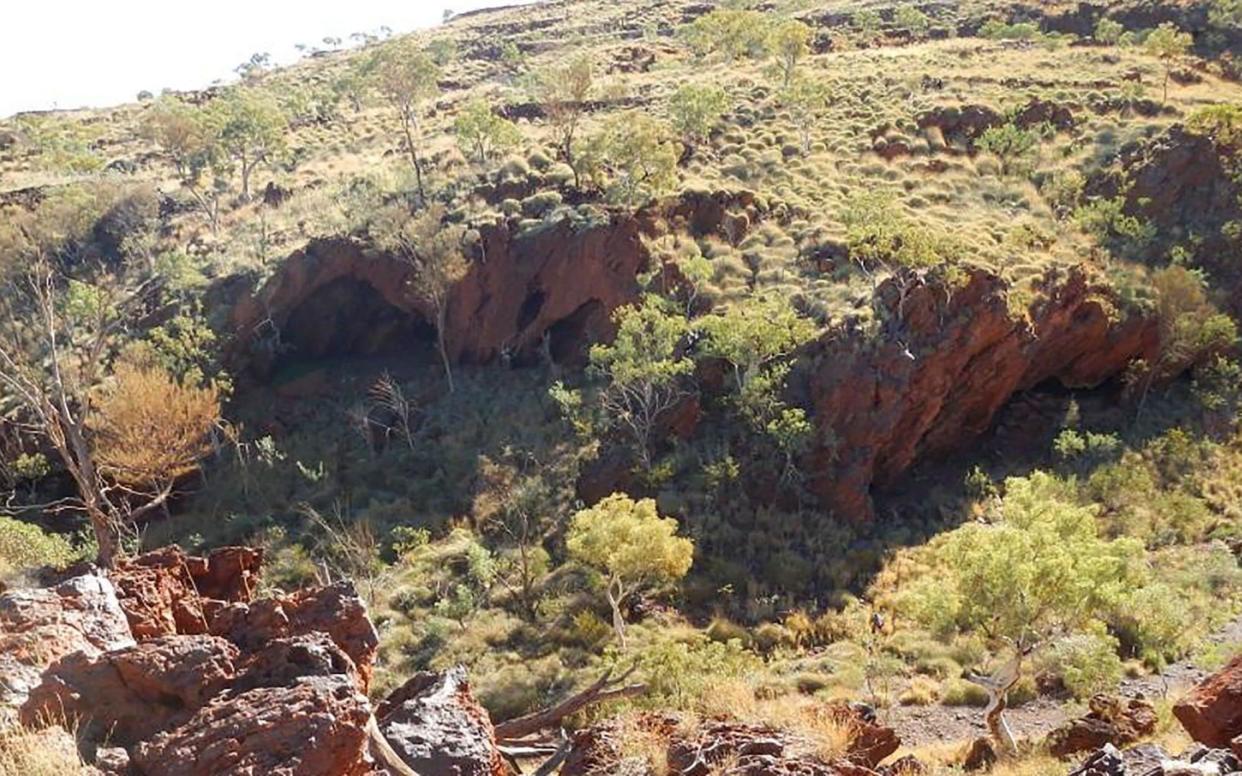Aboriginal sacred site obliterated as mining giant expands iron mine

An Aboriginal sacred site which showed evidence of almost 50,000 years of ongoing human use has been deliberately destroyed by a mining company in Western Australia.
The cave in Juukan Gorge in the Hammersley Ranges, 1,100km north of Perth, was also the site at which a 4,000-year-old plait of human hair was found, and linked by DNA testing to the present-day Puutu Kunti Kurrama and Pinikura Traditional Owners of the western Pilbara site.
The CEO of the Yamatji Marlpa Aboriginal Corporation, the Native Title Representative Body for the Yamatji and Pilbara region, Simon Hawkins, told The Telegraph that “both State-sanctioned and illegal destruction of sites significant to Aboriginal people is a regular occurrence” throughout Western Australia.
The cave, one of the oldest in the region, was the only inland site in Australia to show signs of continual human occupation through the most recent Ice Age. It was blasted by Rio Tinto, along with a second sacred site, on Sunday, and the destruction was made public late on Tuesday. The mining giant received Ministerial consent to destroy the site in 2013 from the previous State government, under Western Australia’s Aboriginal Heritage Act, which was drafted in 1972 and heavily biased towards mining companies.
After the green light was given to the miners, an archaeological mission attempting to save it could from the site found evidence that humans had used the site for more than twice as long as previously thought. The dig also discovered artefacts including sacred objects and the ancient plait of hair.
Mr Hawkins said Aboriginal heritage does not get the same protection as “colonial heritage” under the current law.
“If an act can deliver an economic outcome, then development activity appears to override any other interests every time,” he said.
Mr Hawkins said Aboriginal people had been working for several years to change the Aboriginal Heritage Act so it provided adequate protection for important sites.
“The current legislation allows proponents (of developments that threaten Aboriginal sites) to appeal decisions they are dissatisfied with. There is no such right for Aboriginal people or the broader community,” he said.
Mr Hawkins said the new draft Aboriginal Cultural Heritage Act presents “a once-in-a-lifetime opportunity to address the fundamental imbalance of power” inherent in the current law.
Rock art that is tens of thousands of years old on the Burrup Peninsula in north Western Australia is under threat from a gas project. The site contains more than one million rock carvings across more than 36,000 hectares.
A light rail project in Sydney, completed in 2019, destroyed a site at which more than 2,400 stone artefacts were unearthed, including evidence Aboriginal people had used the area between 1788 and 1830 to manufacture tools and implements from flint brought to Australia on British ships.


